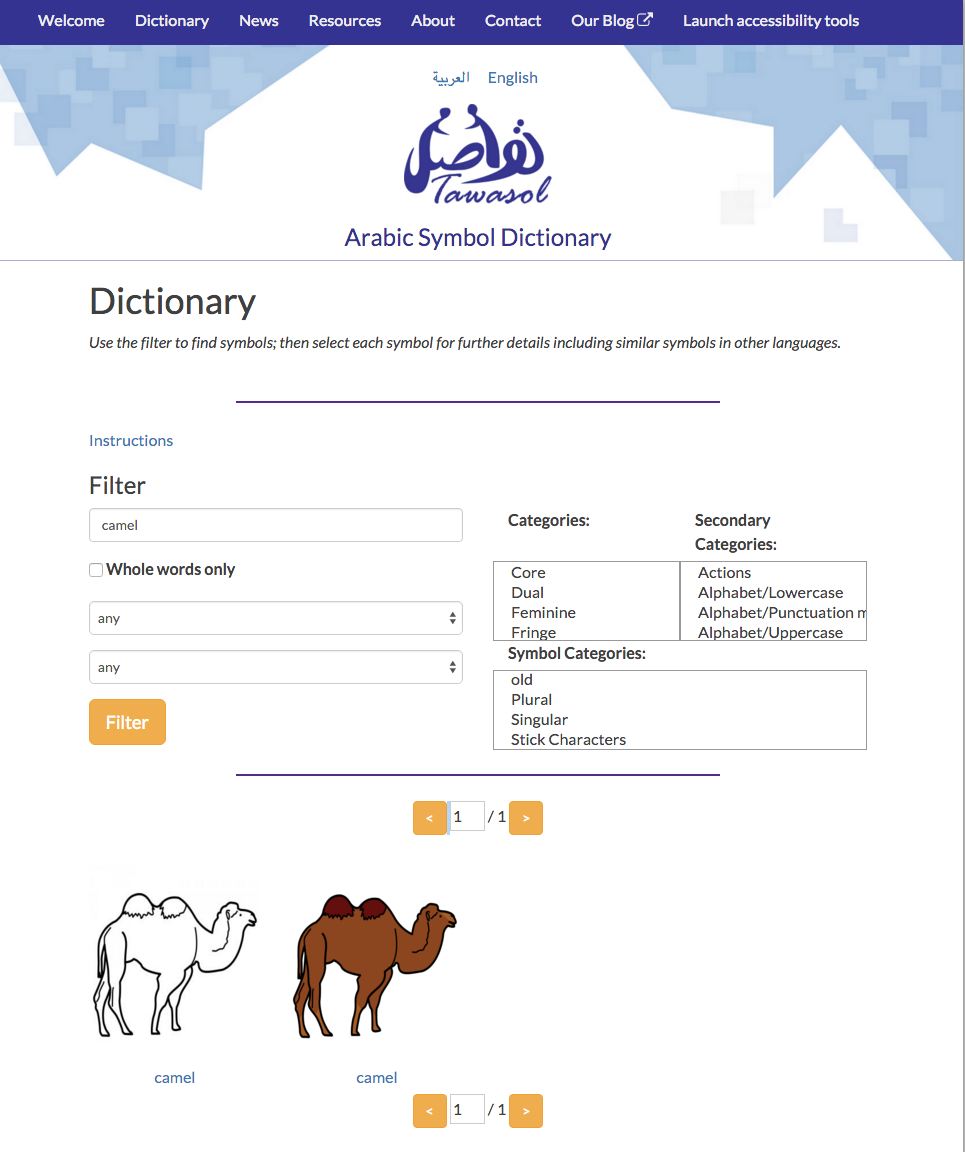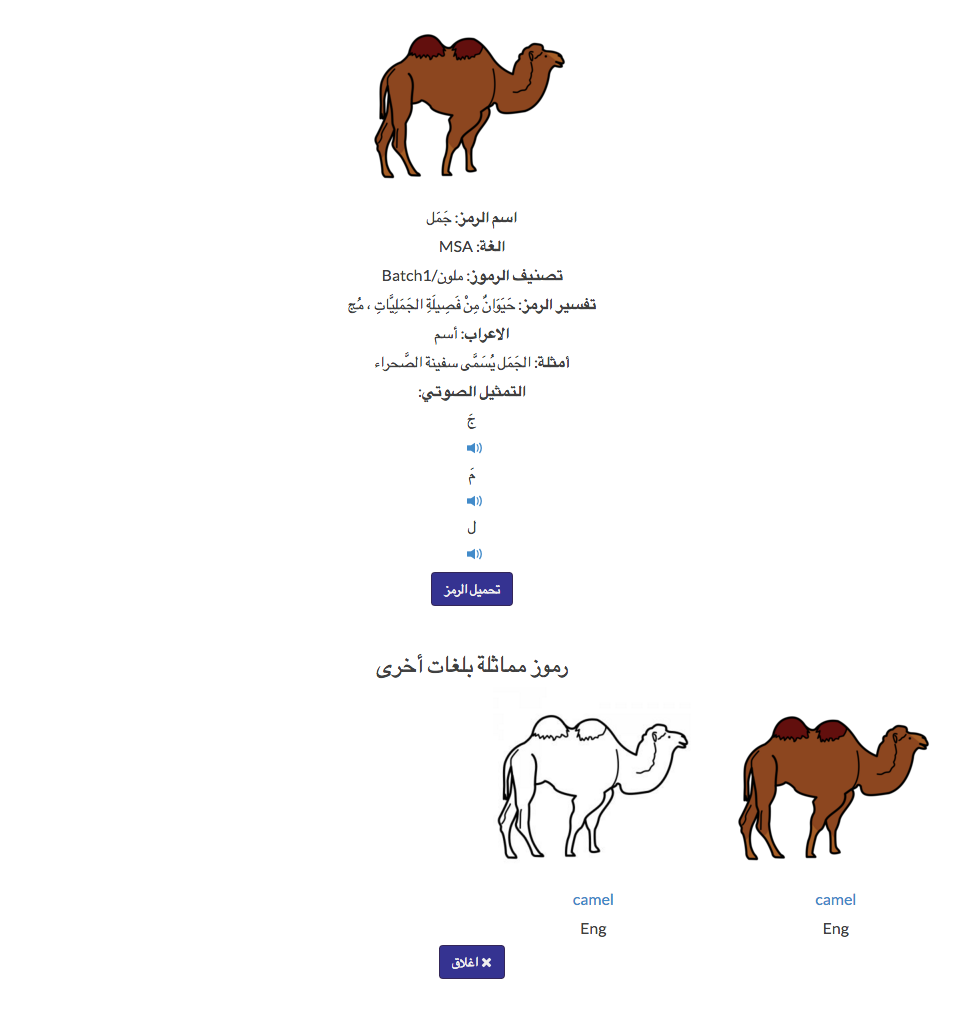David Banes and I were lucky enough to meet up with an exciting group of start-up companies in the world of open source AAC. The UNICEF AAC Cohort is made up of CIREHA (Argentina), Daokudai (China) and Ninaad Digital Technology (India) led by the UNICEF Innovation team based in New York. We met up at 101 Park Avenue for three days of intense workshops and one on one meetings. It was an exciting agenda with topics ranging from open source application development by Atul Varma to localisation, developing personas, business plans and budgets. Gabriella Levine provided a thought provoking risk analysis guide with some very helpful advice relevant to both open source hardware and software development.
The slides below about Open Source Development have been copied into Slidewiki from Atul’s github pages.
Associate Professor Ayesha Butt from University of Riphah in Islamabad has also let us show her slides. She highlighted the importance of localisation, making systems that work for the individual in their own settings with symbols that support cultural needs and suitable social settings.
Mercy Kirui, Matthew Utterback and Will Clurman from Ekitabu, Kenya were also in attendance as they were sharing what they had learnt in the set up period of their UNICEF supported open source, cross-platform e-reading system for those with print disabilities, such as visual impairment. Their company provides access to ebooks that offer an accessibility provision in schools and described how they dealt with data collection, marketing and their business model. They also mentioned their successful digital essay competitions and events such as book fairs and have now set up a Digital Literacy Trust
Each AAC company gave us a final summary of their plans for the future based on all the ideas that had been shared over the three days.
 CIREHA showed us the early version of cBoard that uses Mulberry Symbols and offers support for those with complex communication needs. It is an open source online and offline dynamic symbol board system with text to speech, that aims to offer a flexible approach to the creation of communication boards so that it can be personalised to suit both children and adults. An early online version of cBoard can be be used as a demonstration of what is to come. Many ideas were discussed about the use of OpenBoard format that we have also used to produce communication charts along with the adoption of other Creative Commons symbol sets!
CIREHA showed us the early version of cBoard that uses Mulberry Symbols and offers support for those with complex communication needs. It is an open source online and offline dynamic symbol board system with text to speech, that aims to offer a flexible approach to the creation of communication boards so that it can be personalised to suit both children and adults. An early online version of cBoard can be be used as a demonstration of what is to come. Many ideas were discussed about the use of OpenBoard format that we have also used to produce communication charts along with the adoption of other Creative Commons symbol sets!
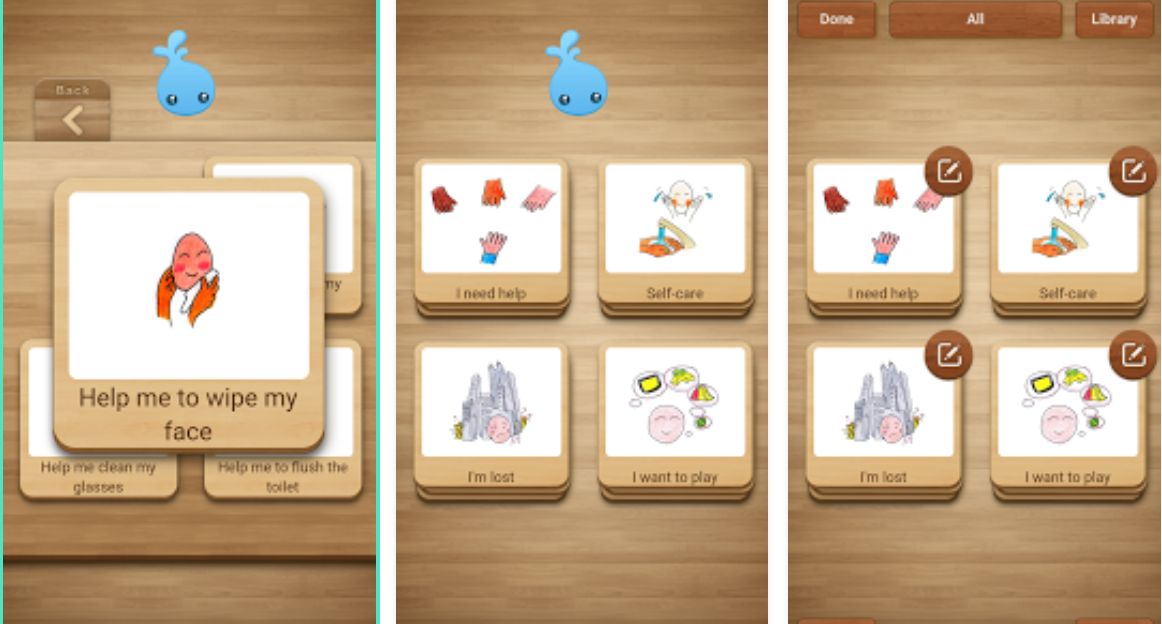 Daokudai (China) are developing Yuudee2, an application designed for children with Autism Spectrum Disorders (ASD) or with language disorders. They have an interesting use of animated symbols working with speech recognition to improve speech and language in social situations. Earlier versions of the app are available as Yuudee on Google Play
Daokudai (China) are developing Yuudee2, an application designed for children with Autism Spectrum Disorders (ASD) or with language disorders. They have an interesting use of animated symbols working with speech recognition to improve speech and language in social situations. Earlier versions of the app are available as Yuudee on Google Play
 Ninaad Digital Technology (India) have been developing Jellow that aims to support children with speech and language difficulties. The symbols have been designed with the particular needs of the local community in mind and but are provided under a Creative Commons licence for sharing with a wider audience. They are also used in communication charts, booklets and as an app available in Hindi and UK/USA English from Google Play There were interesting discussions about data collection and Ninaad showed the power of analysing the data they have received as a result of sessions using their app. It was possible to not only see how long the app had been used but also which areas attracted most attention.
Ninaad Digital Technology (India) have been developing Jellow that aims to support children with speech and language difficulties. The symbols have been designed with the particular needs of the local community in mind and but are provided under a Creative Commons licence for sharing with a wider audience. They are also used in communication charts, booklets and as an app available in Hindi and UK/USA English from Google Play There were interesting discussions about data collection and Ninaad showed the power of analysing the data they have received as a result of sessions using their app. It was possible to not only see how long the app had been used but also which areas attracted most attention.
We really are looking forward to supporting the development of cBoard, Yuudee2 and Jellow as open source projects in the future. It will be exciting to see if we can can integrate their languages with translations and symbol sets with others that are available with Creative Commons licences. This would allow many more AAC users to benefit from the UNICEF Innovation funded AAC Cohort’s work. You can tell it was an inspiring week away from the day to day job!


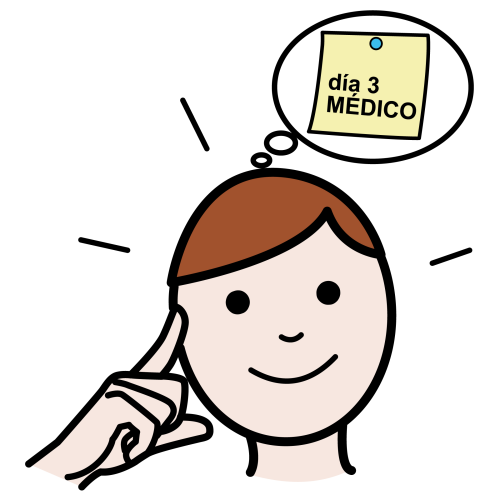 Thanks to a note from
Thanks to a note from 

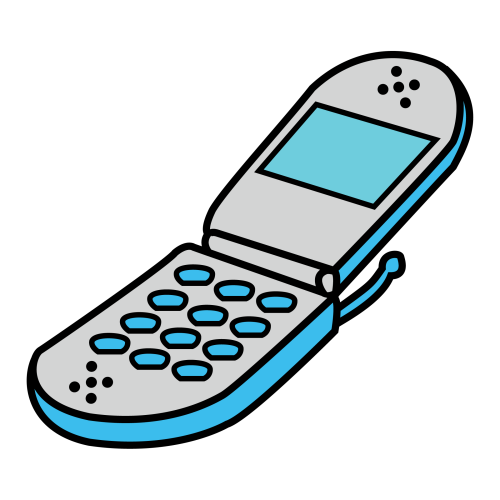
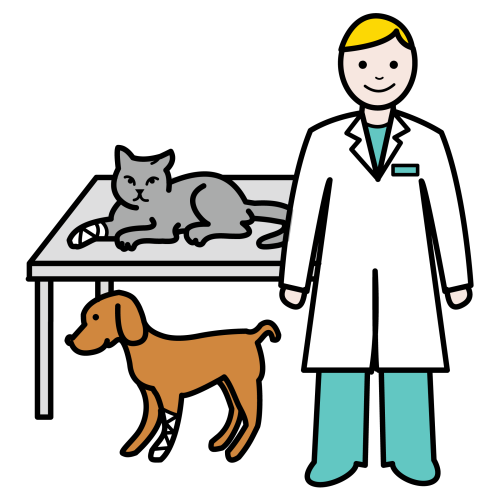
 Did I say multilingual symbol dictionary? Watch this space, we are developing, thanks to a
Did I say multilingual symbol dictionary? Watch this space, we are developing, thanks to a 
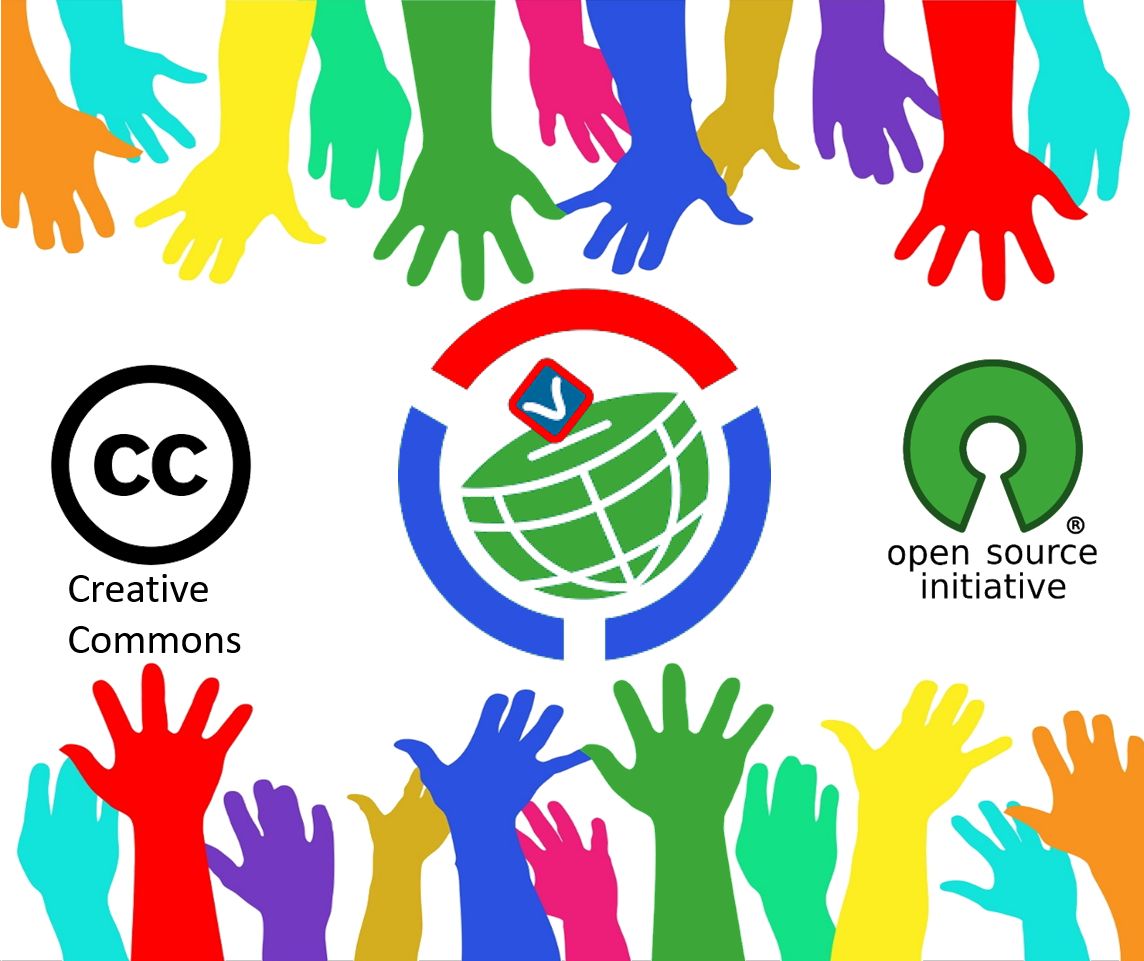 Working with
Working with 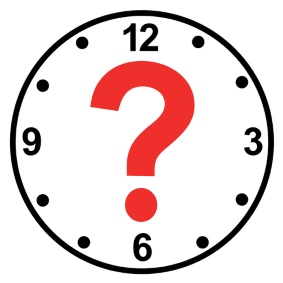
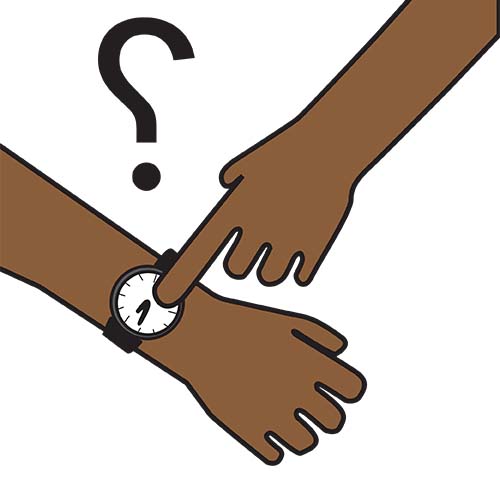
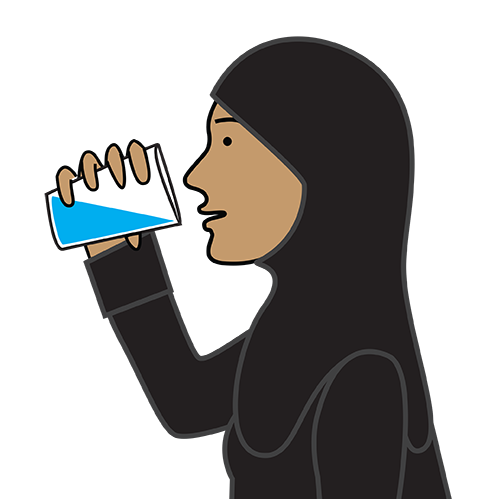
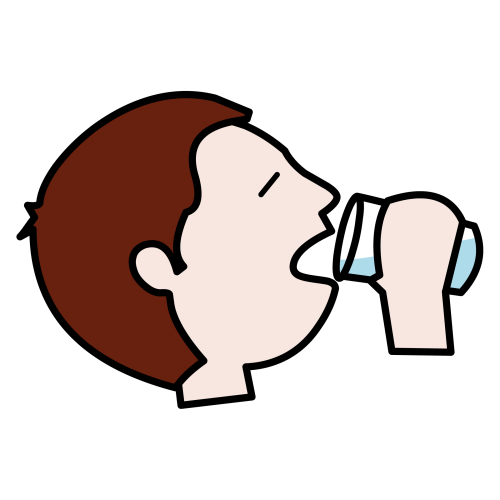




 “We have started to see the impact AI can have in accelerating accessible technology.
“We have started to see the impact AI can have in accelerating accessible technology. 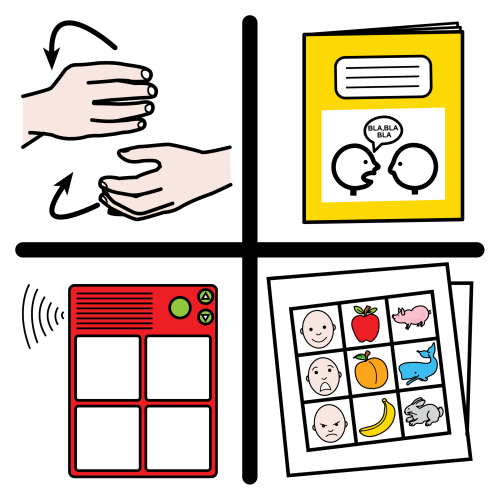 Thinking about Global Symbols there is something else to look forward to The “2018 AAC In the Cloud Conference Schedule” June 26, 2018. All sessions are broadcasted live, and will be available on YouTube afterwards. You can see a link to uploaded resources/slides/handouts on the conference home page.
Thinking about Global Symbols there is something else to look forward to The “2018 AAC In the Cloud Conference Schedule” June 26, 2018. All sessions are broadcasted live, and will be available on YouTube afterwards. You can see a link to uploaded resources/slides/handouts on the conference home page. 


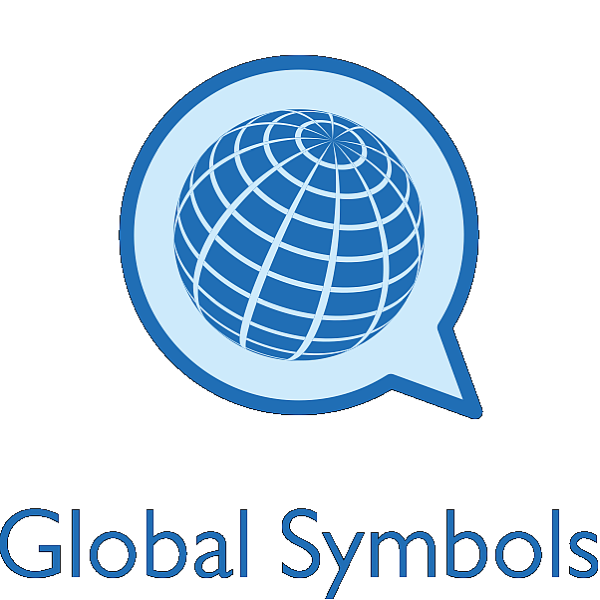 As we start the new year and wish you all the best for 2018, the team behind the research and development of the Arabic Symbol Dictionary have updated their website and renamed it
As we start the new year and wish you all the best for 2018, the team behind the research and development of the Arabic Symbol Dictionary have updated their website and renamed it  Watch this space as we start to work with colleagues in Pakistan thanks to a travel grant from the
Watch this space as we start to work with colleagues in Pakistan thanks to a travel grant from the 

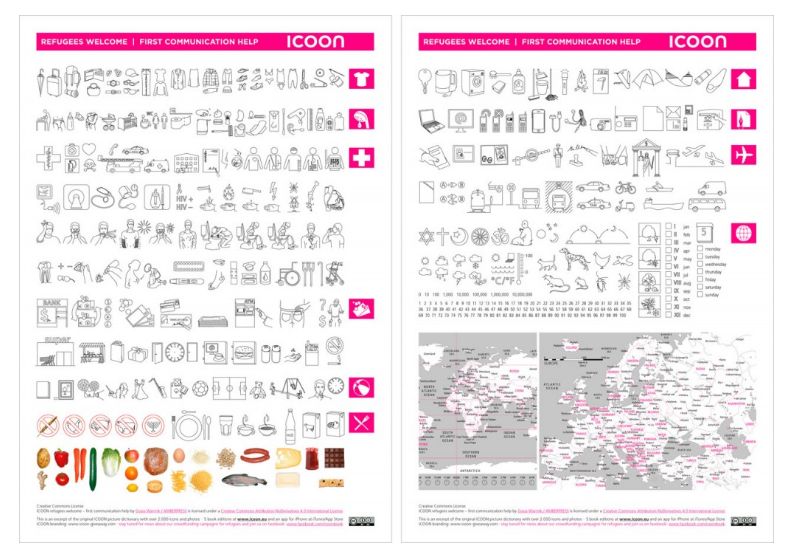
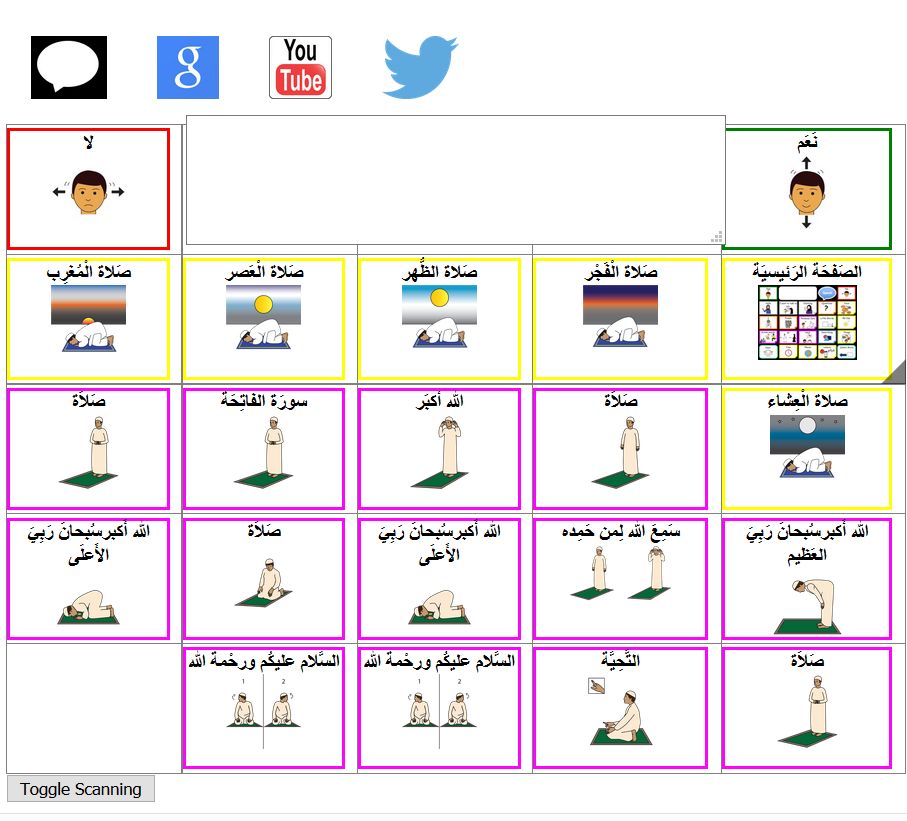
 The
The 
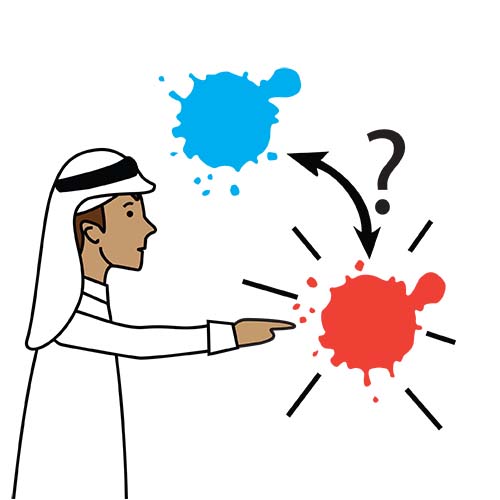
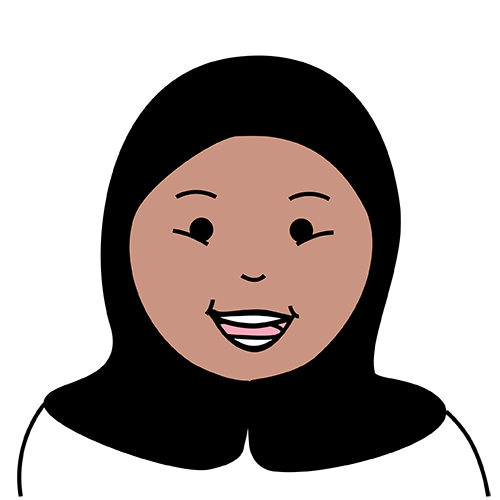
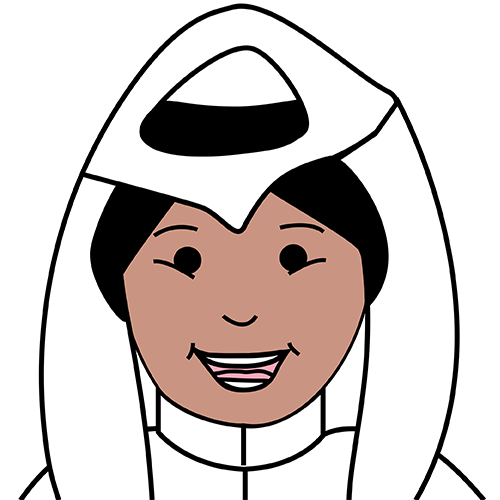
 United Kingdom
United Kingdom